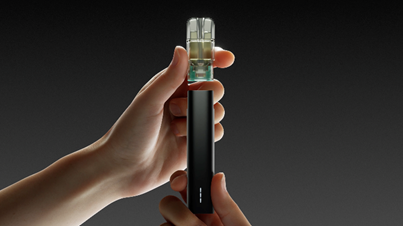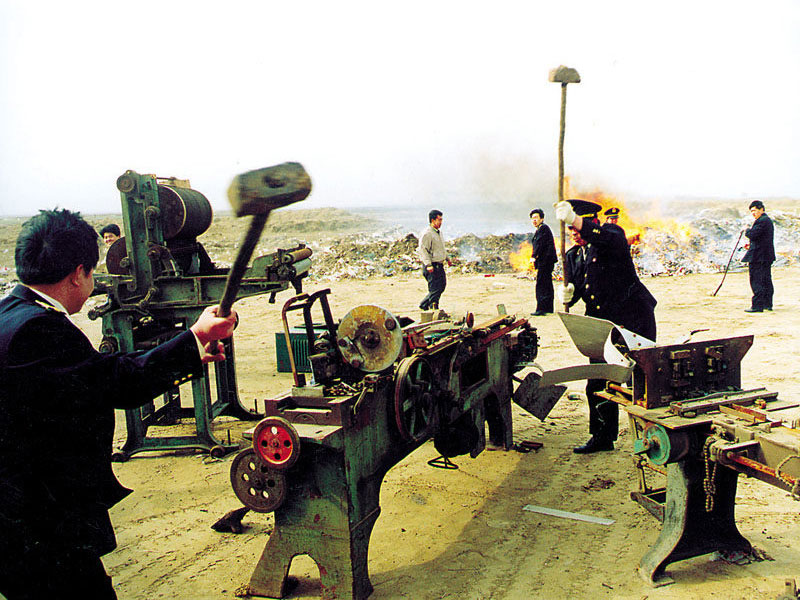Big Versus Small
Whether you view such provisions as good or bad will probably depend on whether you are a small vaping industry operator in China likely to be driven out of business or a big one that will benefit from fewer competitors. Of course, if China is successful in using such a system to stabilize the market and ensure underfunded companies don’t go bust with all the social fallout such failures can cause, it will probably be seen to have done a good job. But there are clearly dangers in disadvantaging smaller businesses working within an industry that, because of its youth, is dependent on innovation for its success, commercially and socially.
In addition, the market will be closely controlled by “a unified national e-cigarette transaction management platform” through which manufacturers, wholesalers and retailers will have to process and record all their trading and transactions. Wholesalers wishing to trade in imported vaping products will have to obtain permission to do so, and the imported goods will have to comply with all local technical requirements and regulations and be sold, appropriately labeled, through the transaction management platform.
There are provisions in the regulations for dealing with counterfeit and inferior products and the infringement of intellectual property rights, including through the encouragement by rewards of people reporting cases of the illegal production and sale of vaping products.
The regulations will govern registered trademarks along with warnings and other messages applied to tobacco packaging, and they hold that e-cigarette advertising will be in line with tobacco advertising, which is consistent with their being regarded as tobacco products. E-cigarette exhibitions aimed at promoting such products are banned.
Sales of vaping products through “information networks” other than the transaction management platform are banned, as are sales through vending machines and sales to minors, with the onus being on retailers to check identity documents where the age of the would-be purchaser is in doubt.
The regulations will see the introduction of a product traceability system, and they will control the sites of retail outlets, including in respect of banning such outlets “around” schools. And they will provide for quality control through the inspection, testing, monitoring and evaluation of products under institutions set up to conduct technical reviews based on the submission of application materials, such as inspection and testing reports. Those engaged in production will be required to establish product quality assurance systems and be responsible for the quality of their products.
Meanwhile, in April, the State Administration for Market Regulation, the standards committee, published the national standards for electronic cigarettes (GB 41700-2022), which provides, among other things, details about the technical requirements for vaping products and relevant test methods, safety standards, permitted ingredients and nicotine levels and concentrations.
Encouragingly, some reports indicate that the newly regulated industry players will be encouraged to carry out vaping industry R&D in respect of raw materials, finished products and risk assessments, and that they will be encouraged to promote the application of green technology and other environmentally friendly practices.






 China’s State Tobacco Monopoly Administration has granted Snowplus Tech a production license that allows the company to produce 80 million pods annually. In a press note, the company said it will now take on the “challenge and responsibility to help lead the development of a healthy and sustainable vaping industry.”
China’s State Tobacco Monopoly Administration has granted Snowplus Tech a production license that allows the company to produce 80 million pods annually. In a press note, the company said it will now take on the “challenge and responsibility to help lead the development of a healthy and sustainable vaping industry.”













